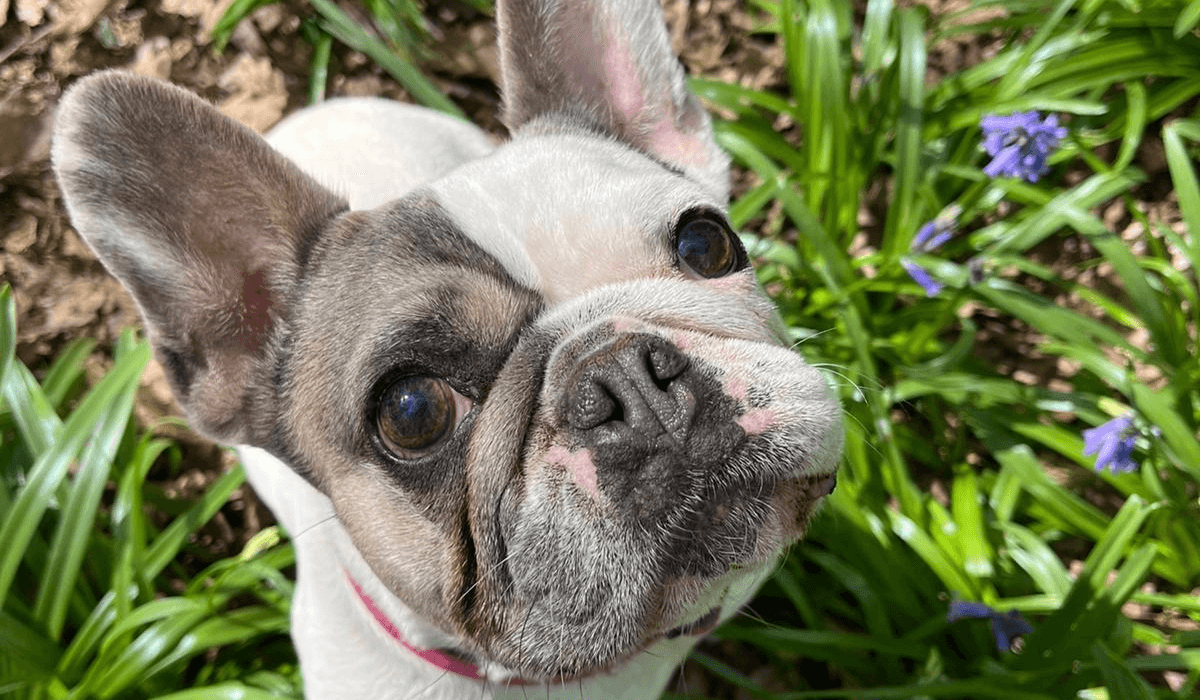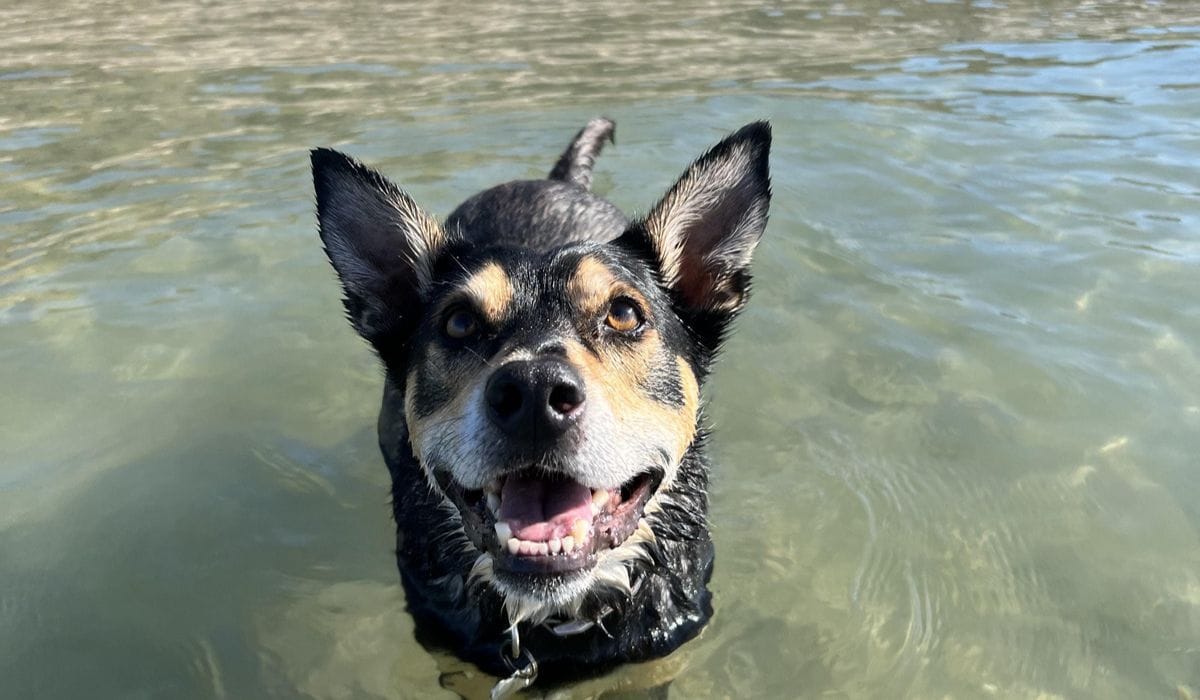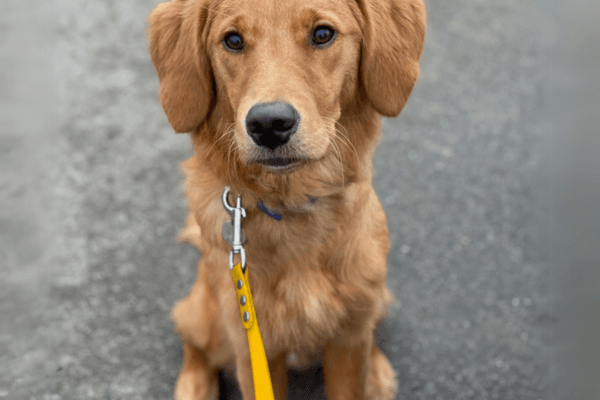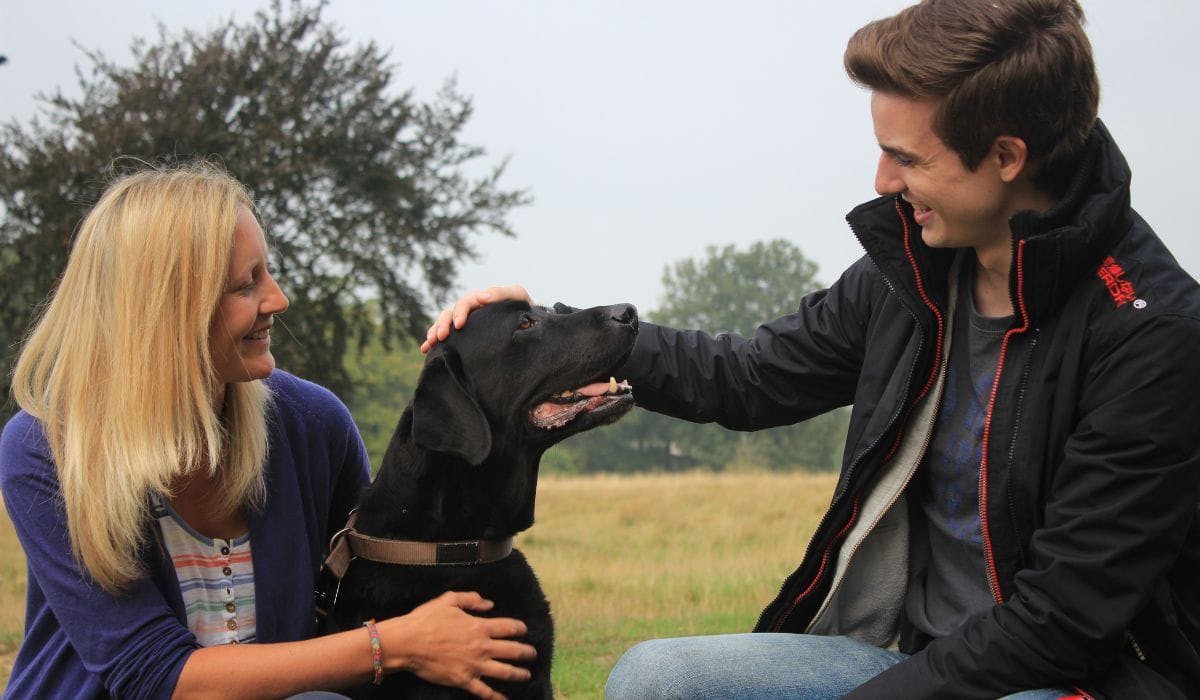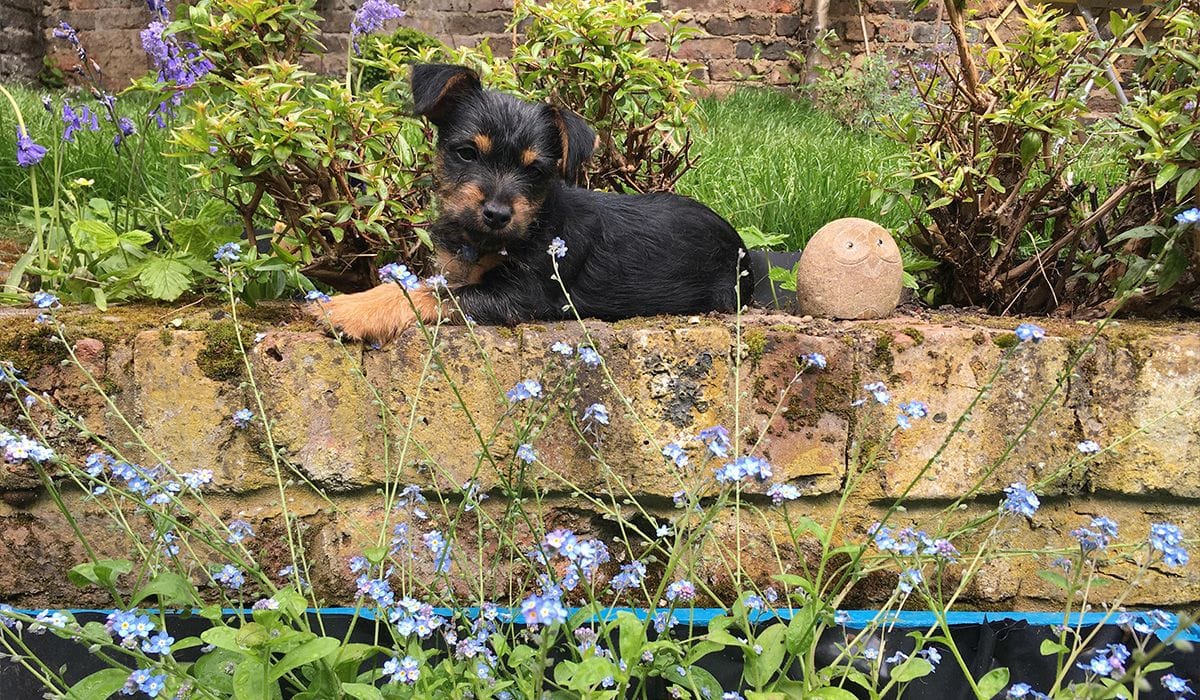Reviewed by Dr Jill McMaster BVM&S MBA MRCVS, Veterinary Surgeon and in-house expert at BorrowMyDoggy on 6 Jun 2023
Do you have a Pug, French Bulldog, English Bulldog, Pekingese, or a Shih Tzu? These are just a few of our beloved pets that are considered Brachycephalic – or short-nosed breeds.
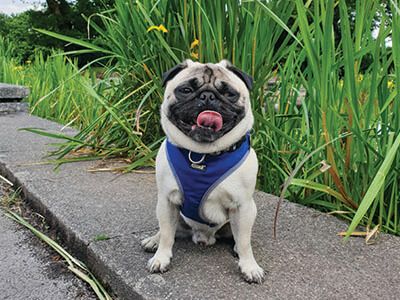
Did you know, our dogs’ noses play a vital role in keeping them cool by releasing excess body heat into the air when they breathe out? Because of the reduced space inside the noses of flat-faced breeds (like Pugs and French Bulldogs), they can’t release heat efficiently this way. This leaves them at a very high risk for heatstroke, even on what seems like cooler days to us. Their tolerance for the heat is so much lower than ours and their long nosed canine counterparts.
No matter the breed of family pet you have, we all need to be vigilant during the hotter months. The dangers the heat can impose on our furry family can be life threatening. But for short nosed dog parents, it is vital to know how to protect them, keep them cool and recognise the signs of heatstroke so you can act fast and avoid the worst that could happen.
Signs of Heatstroke
- Heavy panting.
- Increased respiratory noise – even more so in flat faced dogs.
- Visible distress.
- Bright red tongue or gums.
- Rapid heart rate or pulse.
- Excessive drooling.
- Shaking.
- Loss of coordination.
- Confusion.
- Vomiting and/or Diarrhoea.
- Weakness and/or collapse.
- Semi or complete loss of consciousness.
- Seizures.
- Death.
This may seem like a frightening and long list of symptoms; your dog may show one or many more of these issues. But knowing these will help you take swift action to cool your pet and call your vet. Remember, there are some simple routines and safety measures you can take to help avoid a situation like this from happening.
Prevention
Never walk your dog in the sun or heat – even cloudy days can be too warm. Get into the habit of walking your pet either in the early morning or late evening. Shorter or slower walks may be more appropriate. Planning your walks this way means they’ve had a little jaunt and more likely to be easier to settle and keep cool during the day. A hyper dog at home will still struggle with the heat. Vigorous play, even in the house or shade in the garden, still poses a massive risk, so keeping them settled and quiet as possible is essential. Dogs don’t die from missing one walk, but they can die from being walked in the heat.
It’s also important to walk brachycephalic dogs on a harness, not a collar, especially not a half or full choke collar. A collar can push on the windpipe and lessen the airway, which can be detrimental to these breeds no matter the weather.
Never leave a dog in a hot car. Even a few minutes with a window cracked open, is long enough for serious heatstroke to take hold. Be mindful of any journeys you take and ensure the car environment will be a cool and comfortable one. Keep plenty of water to offer regularly, while air conditioning, cooling mats and vests can be useful too.
Try to keep these journeys to an absolute bare minimum, at cooler times of the early morning or night, and only if really required.
Always ensure your dog has plenty of access to water. Keep bowls in different parts of the house, offer ice cubes (make sure the size is small for dog's who have potential to eat too fast and choke) and even frozen treats can be a nice enrichment activity when you’re actively trying to keep them cool.
Be mindful of your dog’s weight. It’s important to keep all dogs within a healthy weight bracket, but even more so for our squishy faced friend. As these breeds already have difficulty with their breathing and temperature regulation, keeping them at a lean healthy weight will go a long way to help manage their temperature during the hotter months.
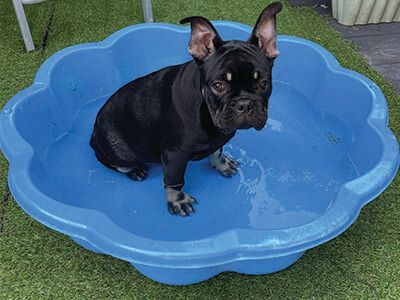
What to do if your dog gets overheated?
Now we know what the signs of heatstroke are and how to plan to avoid them. Here are some tips for cooling if you suspect your dog may be displaying signs of heatstroke. These are emergency first aid measures, if you suspect heatstroke, call your vet immediately and follow their advice, and start actively cooling your pet immediately. With flat faced dogs, their breathing may become a real concern here, so prevention is better than cure. But it always pays to be prepared should they overheat.
- Remove your pet from the heat into a cool well-ventilated environment.
- Avoid stressing your pet, keep your pet calm with a soothing tone of voice and give them cool but not freezing water to drink.
- Never use freezing or very cold water to cool your dog, this can cause shock. Use tepid water.
- Lay them on a wet towel, again not freezing cold. Slowly start to wet their ears, feet and fur. A spray bottle can be good for this as long as it doesn't stress them out.
- Continue to actively cool your dog on the journey to the vets, ideally in an air-conditioned car.
Remember, plan your walks, keep your dog in a cool well-ventilated area with plenty of access to fresh water, keep them entertained - but not active, and keep them safe.
If you would like any more information on this or any other pet health related queries please contact our team of Registered Veterinary Nurses on the 24/7 Vet Helpline.
Useful summer guides
- How to keep dog cool in summer
- Keeping your flat nosed friend cool
- Pupsicles
- Fleas and ticks: facts all owners should know
- How to have a dog friendly BBQ
- Protect your dog from heat stroke
- How to keep your dog safe at the beach
- Dog friendly beaches in the UK
- How to keep your dog entertained when it's too hot outside
